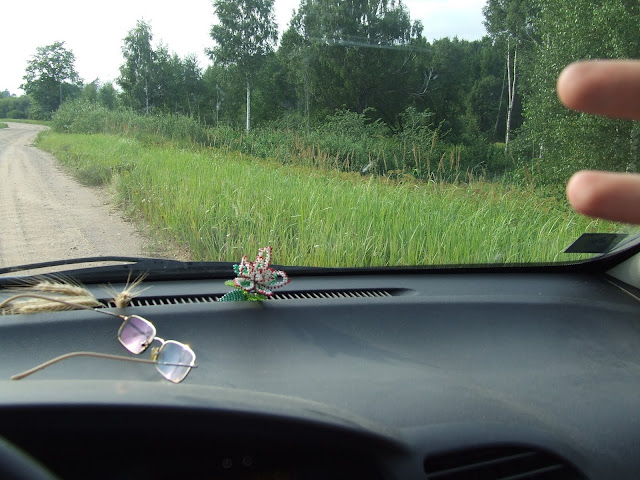Chickens Running in All Directions (V)
The Latvian people have a saying that—to paraphrase—goes something like this: “We Latvians are a hardy people. We have survived many catastrophes before; we will survive this one also.”
What the people forget is that the origins of the phrase come from a forest and agricultural society, a society that is no longer in existence. Though the Latvian people have indeed survived many catastrophes in the past by hiding in the forests, today most of the forests are gone and the people have been driven off the land by modern technology and the requirements of market mercenaries. While in the past one could hide in the forest and survive on game and the milk of a cow, the same people today have been forced off the land into an urban society.
Forcing the people off the land is not a new phenomenon in the world or in Latvia Latvia Latvian Republic Latvia Latvia
Given that the demographic loss has happened accompanied by silence, with the Latvian government giving the phenomenon no attention except for the last year or so, and the Latvian media taking its cue from the government, the knowledge of events and trends by the majority of Latvians is notable for its absence.
In effect, while the Latvian government takes umbrage from criticism by insisting that it is the mirror of Latvian society (you get what you elect), it is the Latvian government that imitates a democracy of chickens let roam the field. It is freedom embodied in anarchy. Given the absence of a rooster and an experienced farmer, the hens and the chickens soon become pray to the first hawk to notice them.
The hawks that noticed the Latvian chickens first were foreign banks. Seeing that the government of Latvia
The logic of the manoeuvre by the foreign banks somewhat resembles that of a shrike impaling a mouse (the logic is of course not that of a shrike, but entirely human): See, I am not eating the mouse raw, but I am impaling it http://www.youtube.com/watch?v=Zq8MAEBP8Ac in order to marinate it in legal chicanery. Or to put it another way: Look, we are not depriving the Latvian people of their sovereignty; we are letting them cook in their own juices before we come to eat them.
The example of the bank shrike’s way with the Latvians (surely an ethologist’s http://en.wikipedia.org/wiki/Ethology observation) is a good place to insert another observation by Rene Girard (see previous blog) concerning the uses of stones:
“The reduction of canine teeth to their current dimensions occurred a long time before the appearance of homo sapiens, suggesting that stones had replaced dentition in most of their uses, including inter-species combat.”
Peace is not however at hand. Girard continues: “Animals are capable of engaging in rivalry and combat without fighting to the death because instinctual inhibitions assure the control of natural weapons, the claws and teeth. One can hardly believe that the same type of control was automatically extended to stones and other artificial weapons the day that hominids began to use them. The violence that goes unchecked by instinctual inhibitions… will become fatal the moment these same adversaries are armed with rocks.”
What makes Rene Girard’s work interesting is that through a combination of ethology http://en.wikipedia.org/wiki/Ethology and
ethnology http://en.wikipedia.org/wiki/Ethnology , he perceives coming into being a uniquely human culture of, if you will, mimetic diasporas. To put it in another way, Girard enables us to see how from the actions of the shrike and the users of stone, we arrive at the rigid symbolic rituals of early hominids, from which—in due time—arises the symbolic framework that allows human beings to engage in mimetic rivalries that the rigid rituals of earlier times forbid.
However, the increase in mimetic rivalries brings with it an increase in crises that lead to violence. According to Girard, such violence could be averted only through the mechanism of finding a scapegoat, which was then murdered by the whole community participating to preserve communal peace. This is why [see previous blog (V)] the first human pyramid was the result of a stoning of the scapegoat. It was through such sacrifices, which averted greater communal conflict, that there arose what we today call a complex society.
Let us now think back to the actions of foreign banks in Latvia Greece Ireland Iceland Latvia





No comments:
Post a Comment